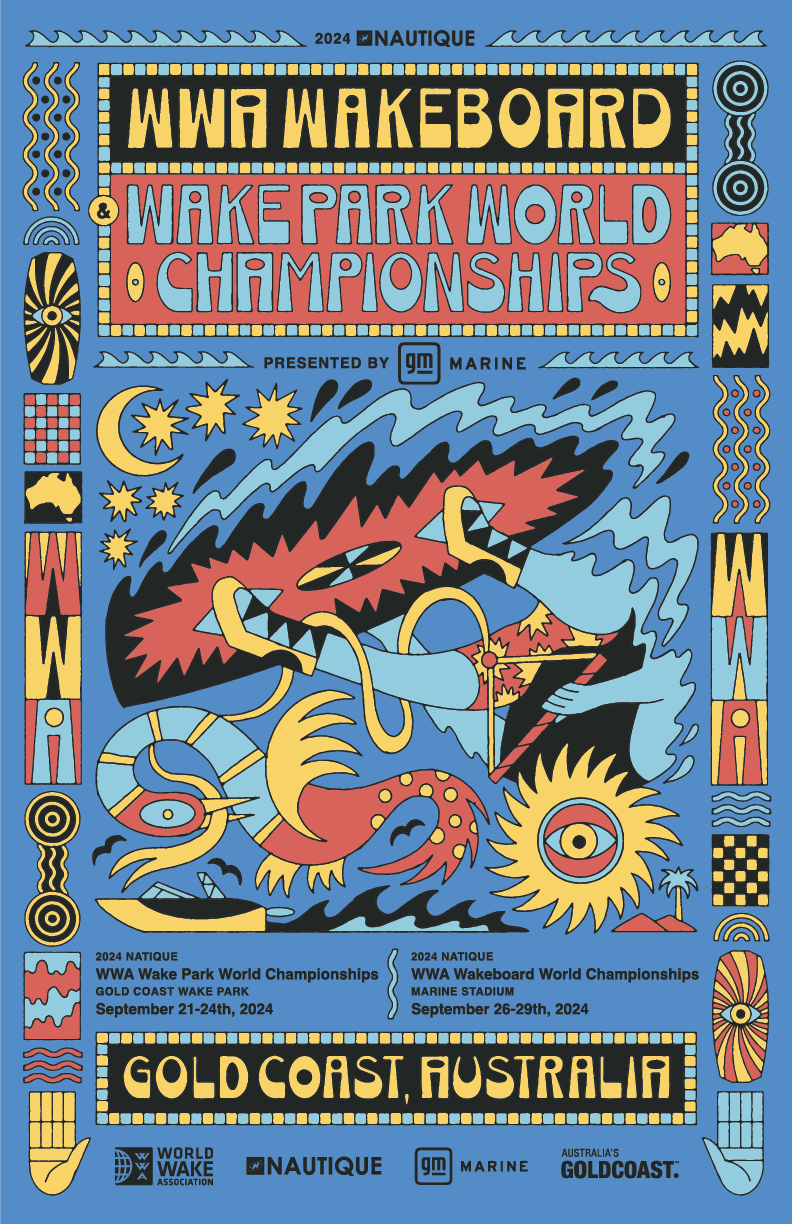D – difficulty
R – risk
I – intensity
V – variety
E – execution
Difficulty:
Trick difficulty (Technical Difficulty) – This is simply defined as how difficult each trick is based on a number of variables. Spins, carves, turns, airs, grabbing your board and the way a rider lands all subjectively define how difficult certain tricks are in comparison to others.
- Number of rotations
- Combos (combining tricks, adding spins, grabs etc)
- The direction a rider spins in relation to the trick. Frontside or backside (blind)
- Switch vs. regular stance
- Grabbed or not
Risk:
- Linking difficult tricks
- Trick difficulty in relation to the course.
- Speed, Power and Flow of trick(s)
- A rider opening their run with a technically difficult trick would be considered high risk.
Risk is also demonstrated by how a rider performs their tricks and whether or not they display a sense of “putting it all on the line” in order to better their opponents.
Intensity:
Judges look for how big or high the rider is taking each of their tricks as well as the speed, power and commitment that goes into the trick. This is typically noted on the judges sheet by a plus sign, “+”. If the trick was incredibly powerful, and the judge will place 2 plus signs next to it on the judges sheet, “+ +”. The same goes for tricks done small or weak may have a minus “-“ sign.
Variety:
- A variety of tricks performed in a pass is what judges are looking for in order to determine the most versatile rider. Wakesurfing has categories of tricks such as: airs, turns, carves, tech tricks, etc. Surfing both frontside and backside as well as switch and regular. A good wakesurf pass should have tricks from each of these categories and be well rounded. This shows a rider is skilled at all types of maneuvers and therefore showing variety in their riding.
- Were the tricks all based on the same trick?
- Were the grabs different?
- Did the rider spin both directions?
- Did the rider show more than one ‘style’ of wakesurfing?
Execution:
- Completion of the Trick – This is essentially how the trick was performed and that the rider is in control. Control and poise during the middle of a trick shows the rider is confident in that trick and thus it is well executed. Control and completion of a trick also means that the rider is performing a trick he/she set out to complete. Example: If a rider attempts to do a 360 and bobbles halfway through the trick and over-spins it shows they are not in control.
- The Landing/Trick execution – This is simply how clean the landing/completion was of the trick. If the rider butt-checks, drags a hand, over rotates to avoid falling, or looks out of control after they have completed a trick this can negatively affect the execution category.
- Perfection – Judges are looking for how “clean” or how perfect EACH trick was performed in the passes. Judges look at the approach, the body position, rotation of the trick, the axis of the body, head position, clean grabs not slaps, speed to which the trick was performed. A rider completing their routine without falling also demonstrates perfection.
- FLOW: Flow is when a wakesurfer can execute their tricks together to make them look like they connect smoothly from one to another. For instance, when a rider lands a trick switch and then approaches the wake to do the next trick in the same switch position. A rider that does not flow well would do things like constantly hopping from switch to regular or vice versa in their transition between tricks, starting the pass late, or finishing a pass early. Dead water is not showing flow or composition.
- Did the rider customize or adapt tricks…make them their own?
General:
Creativity of course management and time is crucial in achieving a smooth, fluid, flowing run. Riders that take the time to plan out their run, plan the path they are going to take will be rewarded in this area. Riders that can link creative tricks/maneuvers will also be rewarded. Judges will be looking for riders that use up the full time, and length of the course. Wasted water will reflect negatively towards the rider’s score.
Judges will only score tricks successfully landed. If a rider falls out of the wave after a trick a majority from the judges will determine if the trick counts. In general if a rider comes back forward on the wave after completing a trick it will count as landed, however, execution will be considered. Falls are simply a missed trick and course time is lost. You will not be judged down for falls, but this can take away from the overall look and flow of a riders run. Riders are allowed 2 falls. The run ends on 3rd fall. Riders may use two different boards in their run. Boards may be swapped between passes or during a pick up from a fall. Riders may request transfers on the waves at any point during their run. There is no limit to the number of transfers. There will be no re-rides for miscommunications on transfers.






